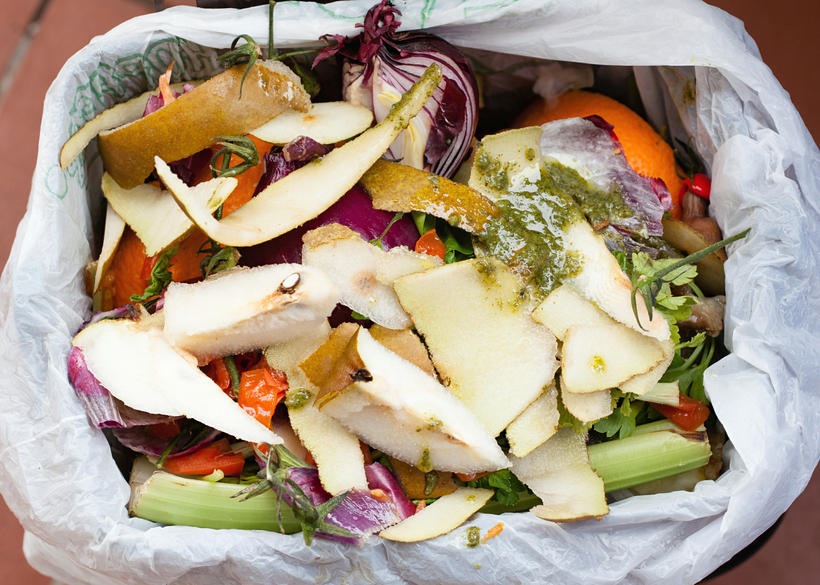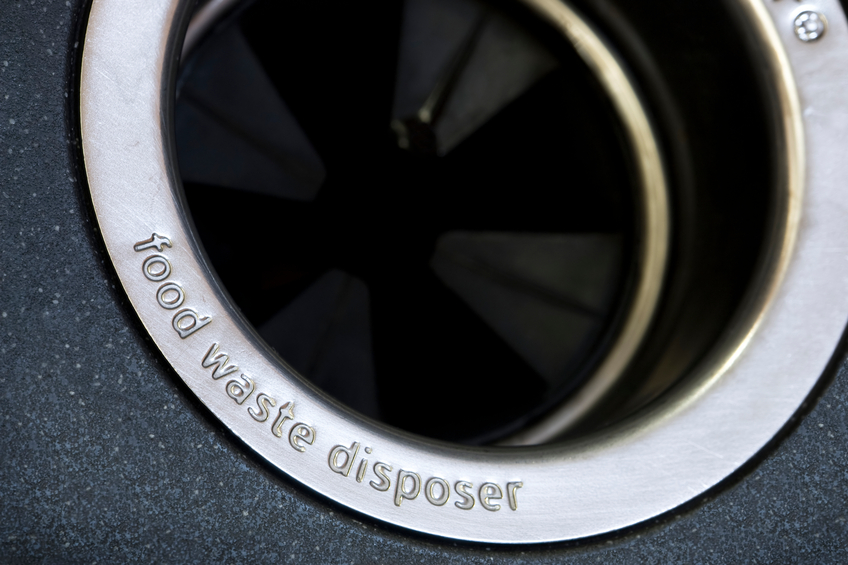 We’ve already looked at how you can dispose of food scraps without sending them to a landfill. But what about the food that goes bad, or those leftovers you simply didn’t get around to eating? Putting them through your food waste disposer might be an option, but wouldn’t you rather they hadn’t gone bad in the first place?
We’ve already looked at how you can dispose of food scraps without sending them to a landfill. But what about the food that goes bad, or those leftovers you simply didn’t get around to eating? Putting them through your food waste disposer might be an option, but wouldn’t you rather they hadn’t gone bad in the first place?
While we aren’t advocating that you eat spoiled food, there are steps you can take to consume more of the food you purchase and cut down on wasted food in your household. A lot of it comes down to planning and preparation:
- Watch the calendar: Are you heading out of town soon for vacation or business? Scale down your shopping as your departure date gets closer so you aren’t buying food that you won’t have time to eat, or that will go bad while you’re out of town.
- Have a backup plan: Power outages can happen in any season, and they’re unpredictable. Know in advance what you’ll do to preserve your food if the power goes out. It might mean asking friends or family to store your food until the power comes back on. If you’re expecting bad weather, placing bags of ice in your refrigerator or freezer can help keep things cool if the power is only out for a short time. If it’s winter and temperatures are cool enough, consider storing your perishables outdoors or in an unheated garage where the temperature is at or near freezing.
- Can’t find a backup? Donate the food to a local food pantry or shelter. You may need to arrange this in advance, as not every organization will accept every kind of donation. Know where you’ll take the food as part of your emergency plan.
- Take the temperature: Keep the doors to your refrigerator and freezer closed if you lose power or your refrigerator stops working. Keeping a thermometer inside your fridge can let you know if the temperature inside is staying at or below the recommended 40 degrees Fahrenheit. Call a service provider immediately if the temperature is running high. Follow AHAM’s advice on keeping the bill under control if you need to call for repairs.
Appliance manufacturers know that keeping track of expiration dates can be tricky. A new generation of refrigerators uses cameras and touch screens to help you attach expiration dates to products and see what’s inside the fridge without opening the door. Some can help you keep a shopping list or even order groceries for you.



 Are you going to eat that? We hope so. If not, you could be throwing away more than a few extra bites. A
Are you going to eat that? We hope so. If not, you could be throwing away more than a few extra bites. A 
 Appliances play a major role in your life, and it can be stressful when they break down. But when they do, you want a quick, inexpensive repair. That may not always be possible, depending on the nature of the issue and service required to address it. But how you initially respond can reduce the chance that you’ll be surprised by a hefty repair bill.
Appliances play a major role in your life, and it can be stressful when they break down. But when they do, you want a quick, inexpensive repair. That may not always be possible, depending on the nature of the issue and service required to address it. But how you initially respond can reduce the chance that you’ll be surprised by a hefty repair bill.
 Are you going to take advantage of Memorial Day or Father’s Day sales on appliances? While everyone loves a great deal, it’s important to make sure you’re buying the right appliances for you, your home and your loved ones. Fortunately, a little bit of research can save you another trip to the store to return the product.
Are you going to take advantage of Memorial Day or Father’s Day sales on appliances? While everyone loves a great deal, it’s important to make sure you’re buying the right appliances for you, your home and your loved ones. Fortunately, a little bit of research can save you another trip to the store to return the product.




